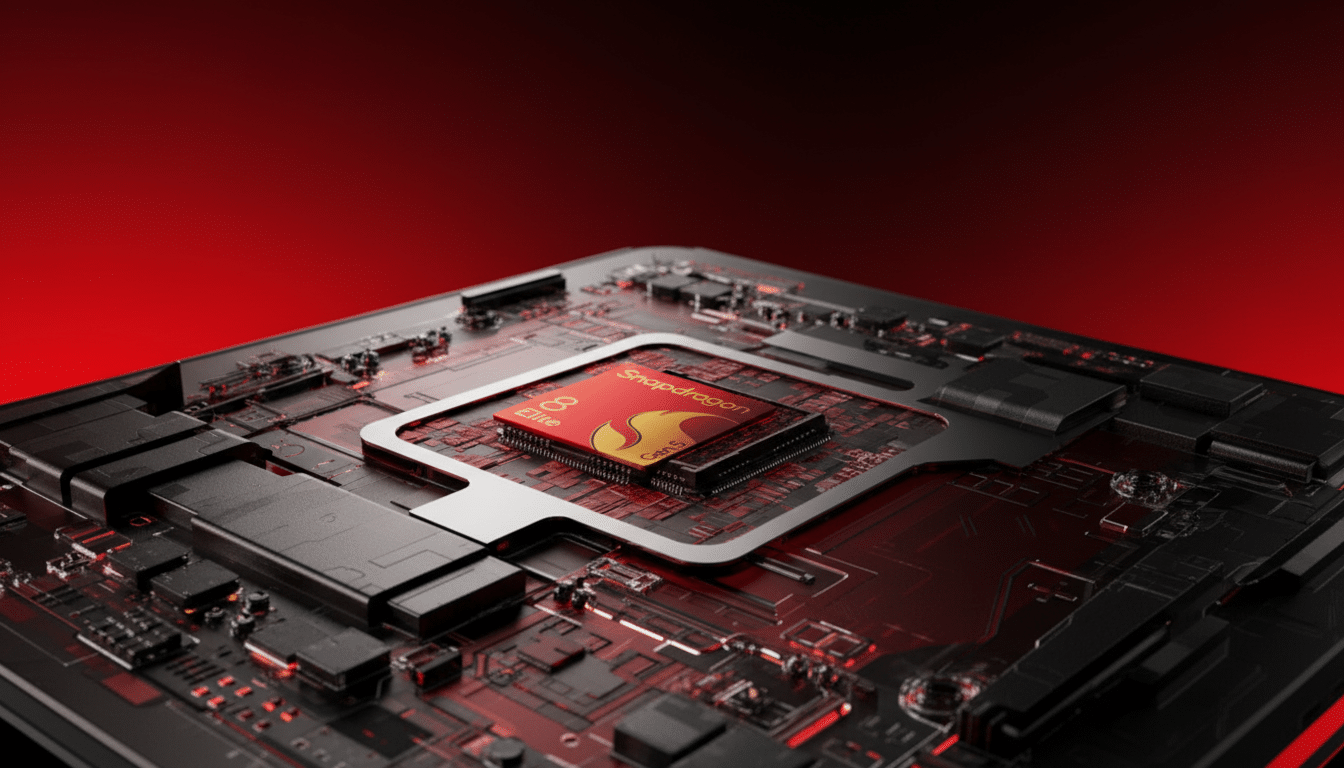Qualcomm’s Snapdragon 8 Elite Gen 5 is the chipmaker’s new flagship mobile platform, dictating how fast and efficient the next wave of Android premium phones should feel in speed, gaming performance, and on-device AI. It’s a generational leap in a number of areas, with significant claims being made around CPU, GPU, and neural performance — and early third-party testing would seem to reinforce the fact that those gains are real.
Overview and naming for Snapdragon 8 Elite Gen 5
Qualcomm has synced up names with its flagship 8-series lineage, hence “Gen 5” for the fifth generation in that family. The platform, internally known as SM8850-AC, is fabricated on a 3nm-class process and aimed at the top end of devices. It follows up the Snapdragon 8 Elite with a combination of architectural tweaks and new silicon blocks meant to drive performance while also reducing energy use in routine tasks.
- Overview and naming for Snapdragon 8 Elite Gen 5
- CPU, GPU, and memory architecture details
- Connectivity and wireless upgrades and latency claims
- Imaging improvements and on-device AI advancements
- Benchmarks and real-world performance impressions
- Devices using it and expected availability timeline
- What it means for flagship phones and daily use

CPU, GPU, and memory architecture details
CPU complex: prime cores (up to 4.6GHz), performance cores (up to 3.62GHz), and up to 24MB of system cache. Qualcomm quotes up to 20% single-core and 17% multi-core performance uplift over the previous Elite, along with a 32% leap in responsiveness — handy for demanding multifunctional behavior, speedy app launches, or quickening of camera capture lag.
Graphics come via a new Adreno GPU (at 1.2GHz), which Qualcomm claims offers 23% faster graphics performance and is more power-efficient, plus a 25% bump in hardware-accelerated ray tracing.
The platform also provides support for mesh shading on mobile, offering game developers more efficient methods to render complex scenes. Adding to that, there’s also an 18MB Adreno High-Performance Memory pool for a 38% speedier graphics memory throughput and an additional 10% of power savings during GPU-intensive tasks.
Connectivity and wireless upgrades and latency claims
The Snapdragon X85 5G Modem-RF system is a fundamental part of the upgrade, delivering traditional performance gains combined with AI-driven optimizations.
Qualcomm claims 50% lower latency in gaming given appropriate conditions.
The platform does keep the FastConnect 7900 system for Wi‑Fi, Bluetooth, and UWB despite the jump up to the new modem, so headline wireless features won’t look all that different from last generation.

Imaging improvements and on-device AI advancements
On the camera front, the Spectra AI ISP brings along a 4x larger dynamic range window, which means we should see better preservation of both highlights and shadows in high-contrast scenarios as well as better low-light performance. The platform is also a mobile industry world-first to support the Advanced Professional Video (APV) codec. Companies can build on this foundation to ultimately create a higher-quality, more efficient native capture pipeline that benefits flagship camera apps and pro video modes.
The Hexagon NPU gets a significant nudge — Qualcomm claims 37% more throughput — along with an enhanced Sensing Hub for always-on, low-power context awareness. Another important metric is text-generation speed: It can reach as fast as 220 tokens per second on-device, versus about 70 for the prior chip, allowing almost instant AI assistants, translation, and image tools without waiting for the cloud. The AI-boosted modem is also 40% less power-hungry, according to Qualcomm, compared with the prior model.
Benchmarks and real-world performance impressions
Independent testing from outlets like Android Police and Hot Hardware reports Geekbench 6 figures in line with Qualcomm’s claims on reference hardware. That puts the Snapdragon 8 Elite Gen 5 in a similar ballpark to Apple’s latest A-series silicon, and more or less neck-and-neck on some CPU workloads. Naturally, OEM cooling and software tuning will affect final retail performance.
Where users will probably notice change is in sustained pace and battery life. Smooth scrolling is par for the course now, of course, on today’s flagships, but higher sustained GPU frame rates when playing games, faster photo pipelines, and less heat during extended gaming sessions are noticeable. Coupled with a more efficient GPU and larger caches, as well as the modem’s AI-powered network decisions, it all should mean smoother performance out in the world — or at least less choppy.
Devices using it and expected availability timeline
Qualcomm said the chip will be a linchpin in the next generation of premium Android phones. OnePlus has already announced that its OnePlus 15 will feature the Snapdragon 8 Elite Gen 5 when that phone debuts, and it expects to be first in North America to launch a device with the new chip. In the past, companies like Xiaomi, iQOO, ASUS ROG, and more have been among the earliest to adopt Qualcomm’s flagship platform, so we can expect a much wider adoption across other regions.
What it means for flagship phones and daily use
The Snapdragon 8 Elite Gen 5 isn’t just about peak numbers; it’s balanced for sustained, power-efficient experiences and significantly faster on-device AI. New features like APV (Advanced Professional Video), mesh shading, and a smarter modem mean every eligible action, from capturing the perfect cam shot to pwning your friends in whatever your favorite competitive game is now and for years down the line, while also establishing a new, higher baseline for AI-first apps.
And if manufacturers mate this silicon with strong cooling and ample storage and RAM, flagships of 2026 should feel faster for longer, snap photos with more dynamic range, and stave off battery anxiety longer still. At least for now, the early data — and credible third-party testing of it elsewhere on this show floor — lines up with Qualcomm’s claims, making this one of the more impactful mobile chip upgrades in recent memory.

